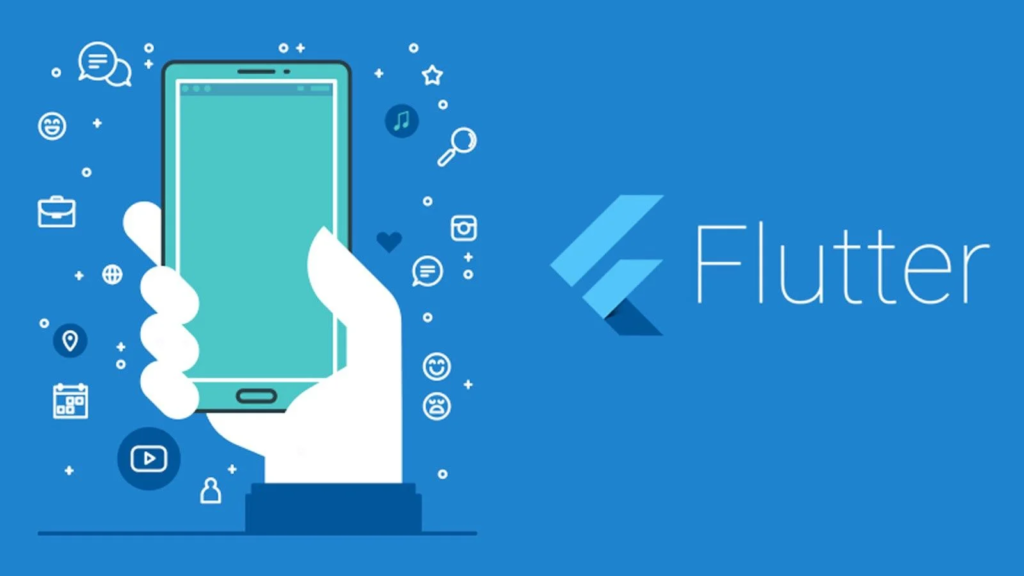
Flutter is an open-source UI toolkit developed by Google for building natively compiled applications for mobile, web, and desktop from a single codebase. It allows you to write code once and deploy it on multiple platforms, saving time and effort in the development process.
Here’s a general guide to getting started with mobile app development using Flutter:
Set up your development environment:
- Install Flutter SDK: Download the Flutter SDK from the official Flutter website (https://flutter.dev) and follow the installation instructions based on your operating system.
- Install an IDE: Flutter supports popular IDEs like Android Studio, Visual Studio Code, and IntelliJ IDEA. Choose the one you prefer and install the necessary Flutter and Dart plugins.
Create a new Flutter project:
- Use the Flutter command-line tools or your IDE’s integrated terminal to create a new Flutter project. Run the command
flutter create project_nameto generate the basic project structure.
- Use the Flutter command-line tools or your IDE’s integrated terminal to create a new Flutter project. Run the command
Explore the project structure:
- Once the project is created, you’ll find the main code files in the lib directory. The main entry point for your app is usually the main.dart file, where you can define the app’s initial screen and other configurations.
Write your app code:
- Use Dart programming language to write your app’s logic and UI. Dart is the language used in Flutter development and has a similar syntax to languages like Java or JavaScript. Explore the Flutter documentation and guides to learn about various Flutter widgets and concepts.
Test your app:
- Flutter provides a hot reload feature that allows you to see instant changes in your app as you modify the code. Use this feature to iteratively develop and test your app on different devices and screen sizes.
Add packages and dependencies:
- Flutter has a vast ecosystem of packages that provide ready-to-use functionality for various purposes. You can search for packages on the Dart package repository (https://pub.dev) and include them in your project’s pubspec.yaml file.
Build and deploy your app:
- Once your app is ready, you can build it for different platforms using the Flutter command-line tools or your IDE. For example, to build an Android app, use the command
flutter build apk. Similarly, you can build for iOS, web, or other platforms.
- Once your app is ready, you can build it for different platforms using the Flutter command-line tools or your IDE. For example, to build an Android app, use the command
Publish your app:
- To distribute your app, you can publish it to various app stores like Google Play Store (for Android) or Apple App Store (for iOS). Follow the respective app store guidelines to package and submit your app for review and distribution.
Remember, this is just a high-level overview of the Flutter app development process. As you dive deeper into Flutter, explore advanced topics like state management, navigation, and platform-specific integrations to enhance your app development skills. The Flutter documentation and community resources are excellent places to find in-depth information and examples.
